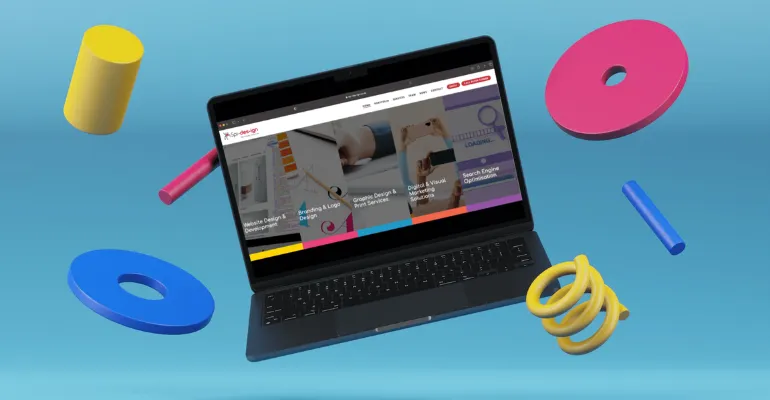Email List for Marketing: Top Tips to Start & Grow Your List
In the realm of digital marketing, email list marketing stands out as a powerful tool for businesses aiming to enhance brand awareness, foster connections with their target audience, and boost sales. This article explores the essence of email list marketing, its effectiveness, and provides actionable tips on how to initiate and cultivate your email list for marketing success.
Understanding Email List Marketing
Email list marketing involves the strategic collection of email addresses from interested individuals, who willingly subscribe to receive regular communications from a brand. These communications can range from newsletters and promotional content to educational materials and updates. The core objective of email marketing is threefold: to elevate brand visibility, engage meaningfully with the target demographic, and drive sales through targeted messaging.
The Effectiveness of Email List Marketing
The efficacy of email marketing is well-documented, with industry experts highlighting its superior return on investment (ROI) compared to other digital marketing tactics. Amanda Nicholson, a seasoned email copywriter and strategist, underscores the intimacy and effectiveness of email marketing, noting its ability to outperform social media and other channels in terms of engagement and conversion rates. Nicholson’s experiences illustrate the tangible impact of email marketing, with clients experiencing sales increases of up to 20%, maintaining open rates between 22%-55%, and seeing significant improvements in engagement and click-through rates.
Initiating Your Email Marketing Journey
Embarking on your email marketing journey involves several key steps, each designed to lay a solid foundation for your campaign’s success.
Choosing the Right Platform
Selecting an appropriate email marketing platform is crucial. This platform will serve as the backbone of your email marketing efforts, facilitating list management, campaign creation, and performance tracking. Consider factors such as ease of use, integration capabilities, pricing, and customer support when making your choice.
Growing Your Email List
Attracting subscribers to your email list requires a combination of compelling offers and strategic placement of sign-up forms on your website. Consider offering incentives such as discounts, exclusive content, or early access to products or services to entice visitors to subscribe. Additionally, ensure that your sign-up forms are prominently displayed on high-traffic pages of your site, such as the homepage, blog posts, and product pages.
Crafting a Welcome Series
Once someone subscribes to your email list, sending a well-crafted welcome series is essential. This series should introduce new subscribers to your brand, outline what they can expect from your emails, and potentially offer an initial incentive for engagement, such as a discount on their first purchase. A welcome series sets the tone for your future communications and can significantly impact long-term subscriber engagement and loyalty.
Cultivating Your Email List for Growth
Growing and maintaining an engaged email list requires ongoing effort and strategic planning.
Regular Communication
Consistency is key in email marketing. Regularly communicate with your subscribers to keep them engaged and informed. This doesn’t mean bombarding them with sales pitches; instead, focus on providing valuable content that aligns with their interests and needs.
Segmentation and Personalization
Segmenting your email list allows you to send targeted communications to specific groups within your subscriber base, based on criteria such as purchase history, engagement level, or demographic information. Personalizing emails further enhances engagement by addressing subscribers’ individual preferences and behaviors.
Monitoring Performance and Adjusting Strategies
Utilize the analytics provided by your email marketing platform to monitor campaign performance, including open rates, click-through rates, and conversion metrics. Use this data to refine your strategies, experimenting with different types of content, send times, and subject lines to optimize engagement and ROI.
Conclusion
Email list marketing remains a cornerstone of digital marketing, offering unparalleled opportunities for brands to connect with their audience and drive sales. By following these top tips to start and grow your email list, you can harness the power of email marketing to elevate your brand’s online presence and achieve lasting success. Remember, the journey of building an effective email list is ongoing, requiring continuous learning, adaptation, and engagement with your subscribers.














